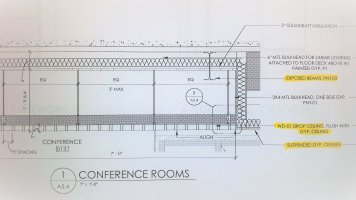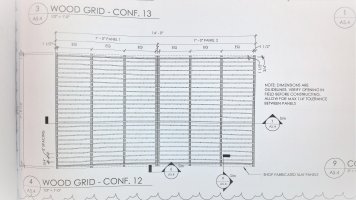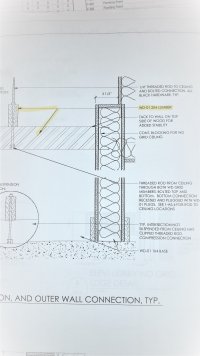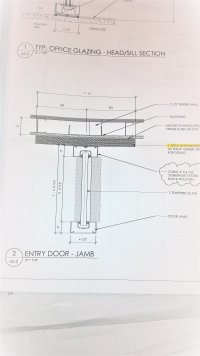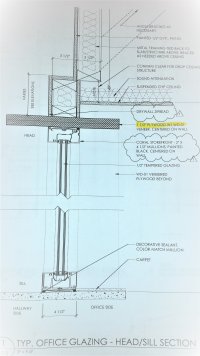Francis Vineyard
REGISTERED
2012 IBC, Group B Office under R-2, NFPA 13
Seeking opinions based on the attached photos if the dropped ceilings and wood trim is permitted. Request applicable code sections. Thanks in advance for your input.
6. Millwork such as doors, door frames, window sashes and frames.
7. Interior wall and ceiling finishes installed in accordance with Sections 801 and 803.
8. Trim installed in accordance with Section 806.
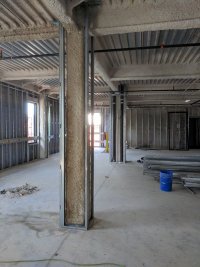
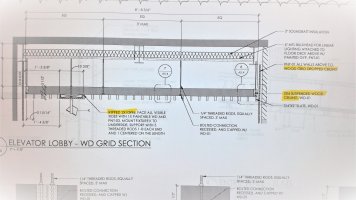
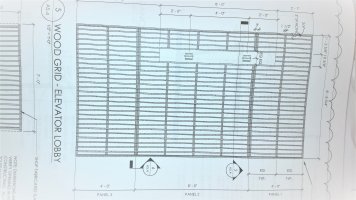
Seeking opinions based on the attached photos if the dropped ceilings and wood trim is permitted. Request applicable code sections. Thanks in advance for your input.
6. Millwork such as doors, door frames, window sashes and frames.
7. Interior wall and ceiling finishes installed in accordance with Sections 801 and 803.
8. Trim installed in accordance with Section 806.




